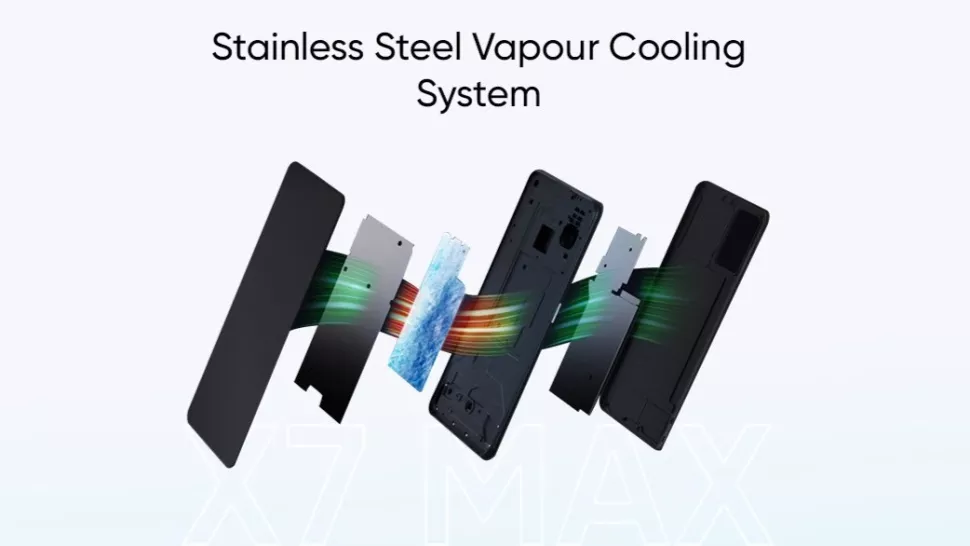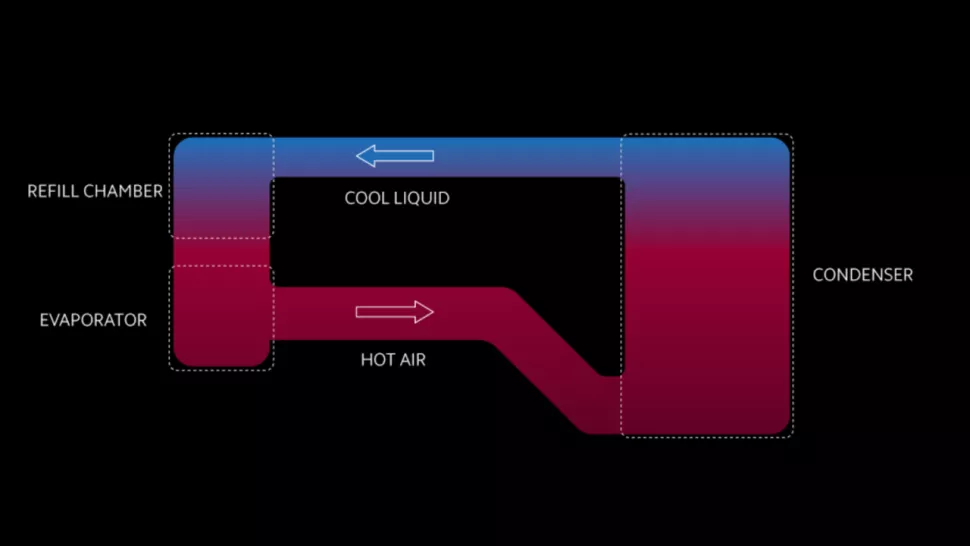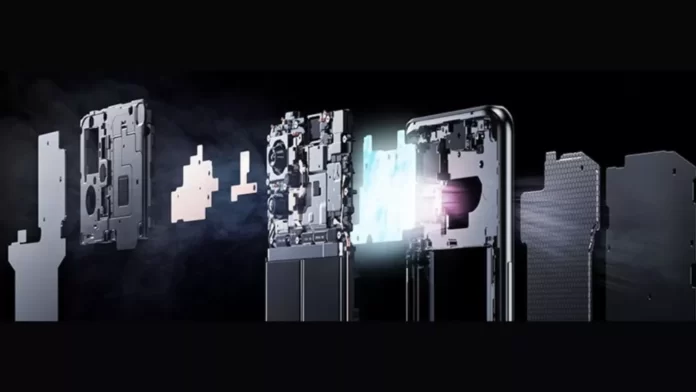The vapour cooling system has evolved into a crucial component of the specs, just as numerous camera setups, strong chipsets, RAM, and other characteristics.
Contrary to other specifications, the vapour cooling or heat dissipation system operates in the background without receiving as much attention. It makes sure that all of your favourite smartphone’s essential parts operate without a hitch.
This innovative technology functions similarly to that found on the majority of laptops and desktop PCs. Its execution is difficult but crucial due to the phone’s space limitations or excess.
This is most likely the reason why a slide or two are usually presented during the introduction of the majority of contemporary cellphones today. Your smartphone will continue to work well even when you push its processing capabilities to the limit thanks to a reliable heat dissipation mechanism. A phone without an internal cooling mechanism, however, may begin to sluggish down, a process known as thermal throttling.
Furthermore, excessive heat produced by a smartphone can affect the functionality of other parts. Let’s examine the definition of and operation of a vapour cooling system in cellphones.
What is a liquid cooling system or a vapour cooling system, and how do they operate?

Modern smartphones have a complicated mechanism that regulates the temperature of liquid vapour. When a phone is used to play games or run resource-hungry apps for an extended period of time, the CPU is pushed to operate at maximum capacity, creating additional heat.
To absorb this heat and convert the liquid to vapour, a copper pipe that has been flattened is positioned just above the CPU. This vapour condenses and changes back into liquid when it comes into contact with the cooler chamber components.
In addition to the liquid, the chamber contains other components that aid in dispersing the now-colder liquid across a larger surface.
Within the copper pipe, this cycle of liquid evaporation and vapour condensation is repeated, which helps lower the temperature.
Additionally, there are external cooling solutions on the market. These can be connected to phones and are powered by the batteries in such devices. The interior cooling system complements the performance of these external cooling fans. But for the optimum outcomes, the location of this cooler is crucial.
What effect does liquid cooling have on a smartphone’s performance?

The CPU produces heat when it is in overdrive, as was already mentioned. The CPU must operate at a reduced capacity because cellphones are small and lack the area for air to move and lower the temperature.
You would consequently encounter lost frames and sluggish performance. A bad user experience may arise from the game or programme you’re using stopping to function and forcing you to wait until the phone returns to room temperature.
Additionally, prolonged exposure to temperature reduces the battery life of the phone. You’d encounter quick battery drain, a smaller battery capacity, and other problems. Similar to this, if the device’s working temperature isn’t maintained, the performance of other components may also be affected.
which mobile devices utilise vapour cooling
Nearly all smartphones have a vapour cooling system, even the mid-range models that emphasise performance or gaming. Although each smartphone manufacturer has a fancy name for their particular version of this technology, the idea is the same.
One phone having a sizable vapour chamber to control thermals is the upcoming Realme GT Neo 3T. However, the phone also employs a thermal paste with diamond particles on top of the CPU, said Shreehari, product manager at Realme. This paste transfers all of the heat produced by the CPU to the heat sink because diamond is a superb heat conductor.
A wick that gathers water droplets and disperses them over a wider surface area on the heat sink expedites the cooling process.
- At CES 2024, THIS RABBIT R1 AI SMARTWATCH would have been a huge hit
- Samsung Galaxy S24 and S24 Plus, Promising a 7-Year Update and New AI Features
- India Gets The Android 14 Beta Update For The Moto G54 5G.
- ATHER E-SCOOTER: INDIA’S TWO-WHEELER TESLA
- SEEING MOST OF THE RIGHT BOXES, NOT MORE, NOT LESS: IQOO 12 REVIEW


